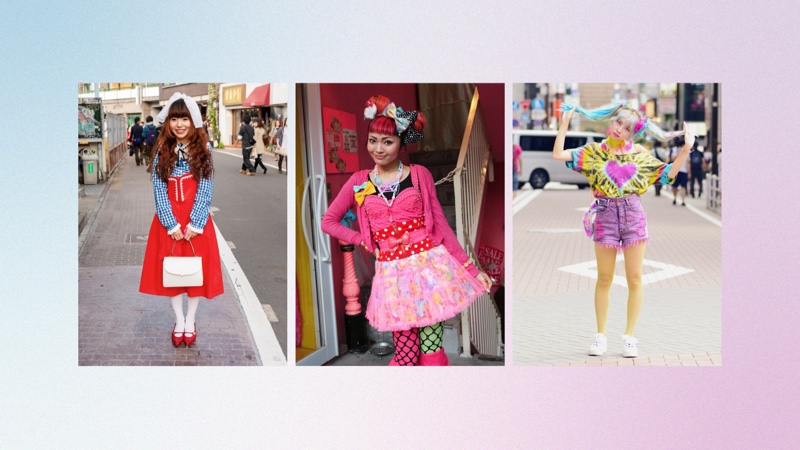
Harajuku fashion is a vibrant street style that originated in the 1980s in Tokyo’s Harajuku district, emerging as a rebellion against traditional Japanese dress codes and societal norms.
Harajuku is known for the playful combination of colors, textures, and patterns. It embraces many subcultures. This allows personal expression with unique, often customized or handmade outfits.
Harajuku Styles of Fashion and Subcultures
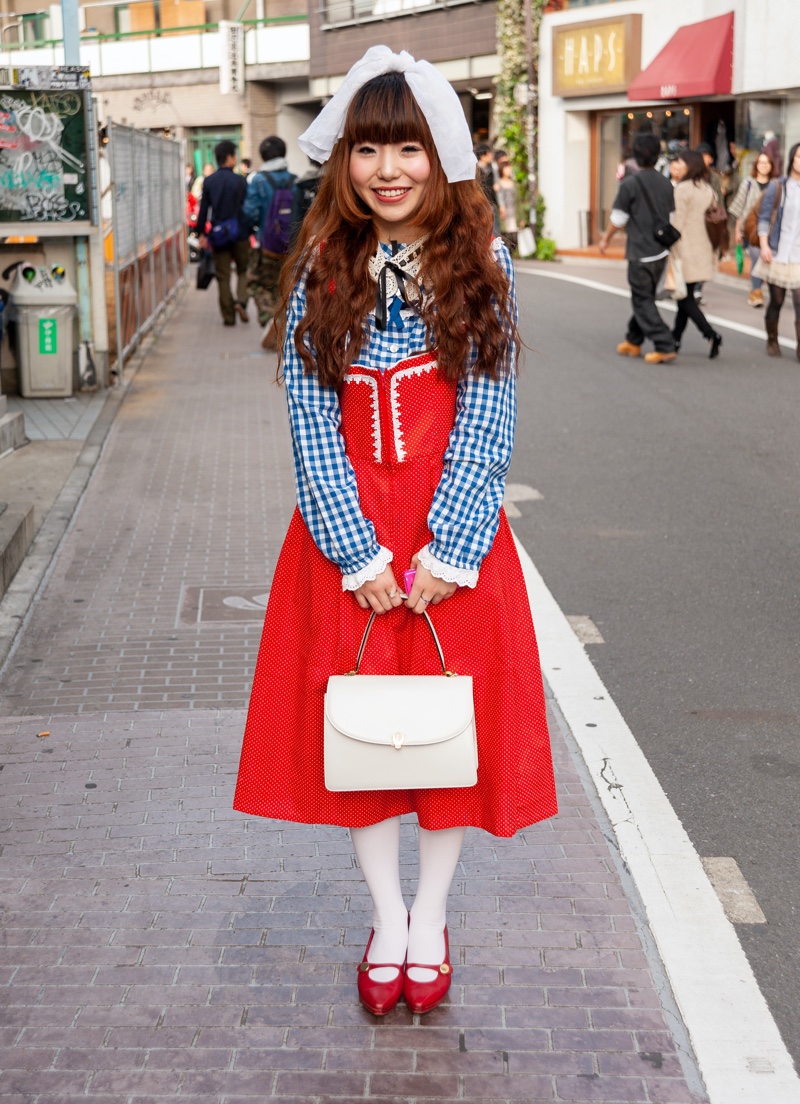
Harajuku’s fashion is unique and eclectic around the world, with influences ranging from Lolita to punk.
Lolita
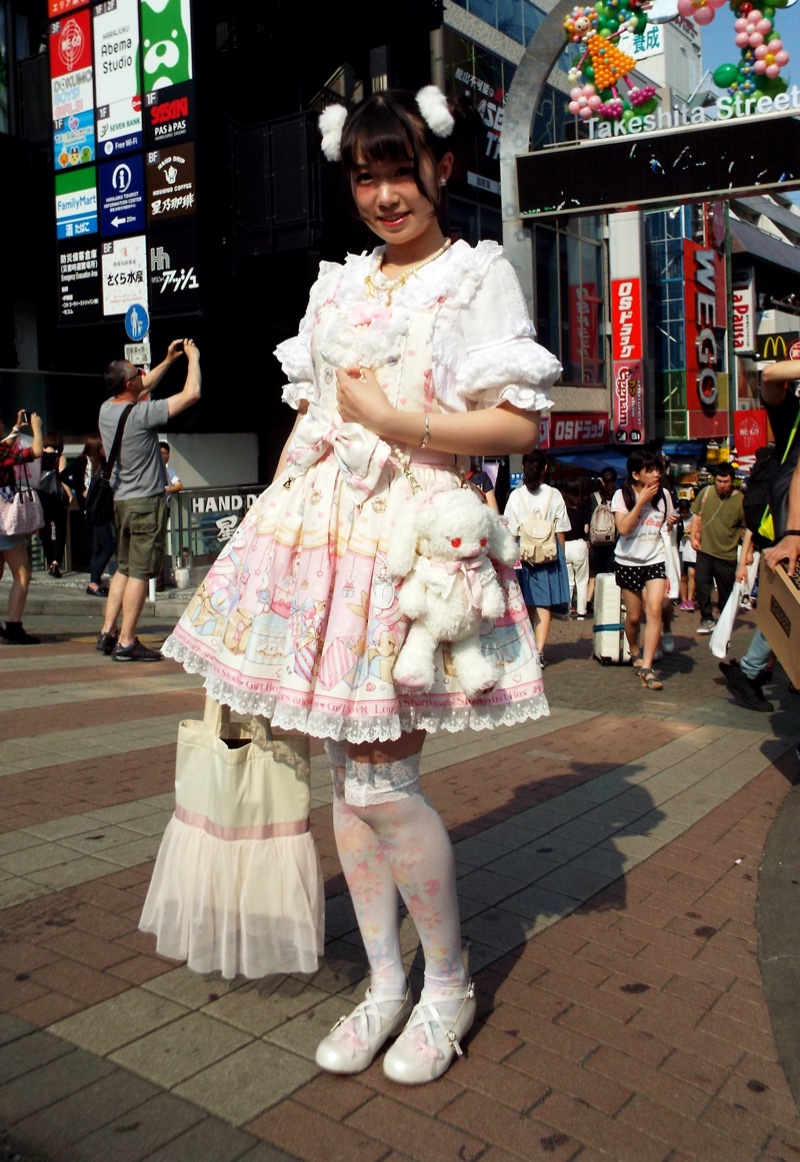
Harajuku’s iconic Lolita fashion blends Victorian and Rococo influences with modern flair. Sweet Lolita is a fantasy brought to life by a palette that includes soft pastels and lace.
Gothic Lolita has a darker look, incorporating Victorian Gothic elements such as skulls and crosses. Both styles emphasize modesty, with structured petticoats and knee-length skirts that create an elegant, demure silhouette.
Decora and kawaii inspired styles
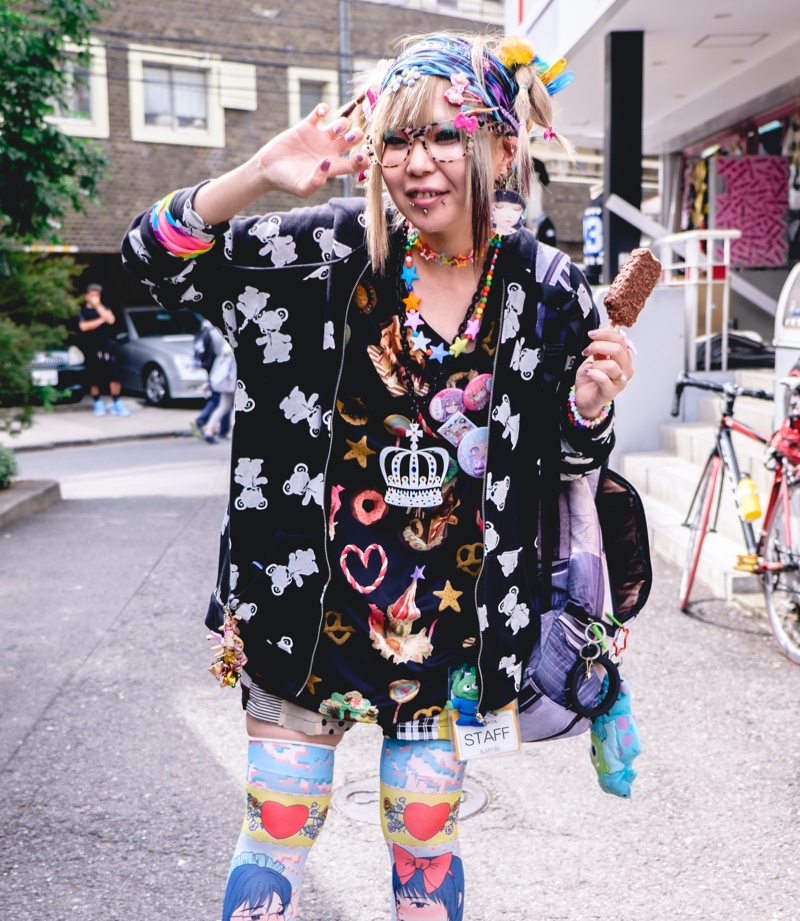
Decora style, short for decoration, is a vibrant representation of Harajuku’s spirit. The bold use of accessories like hair clips, necklaces, and bracelets is what makes it so popular.
This playful style is deeply rooted within the kawaii cultural movement, which celebrates all things cute and young. It’s characterized by the use of bright colors and whimsical patterns to convey a joyful and carefree aesthetic.
Visual Kei Punk Elements
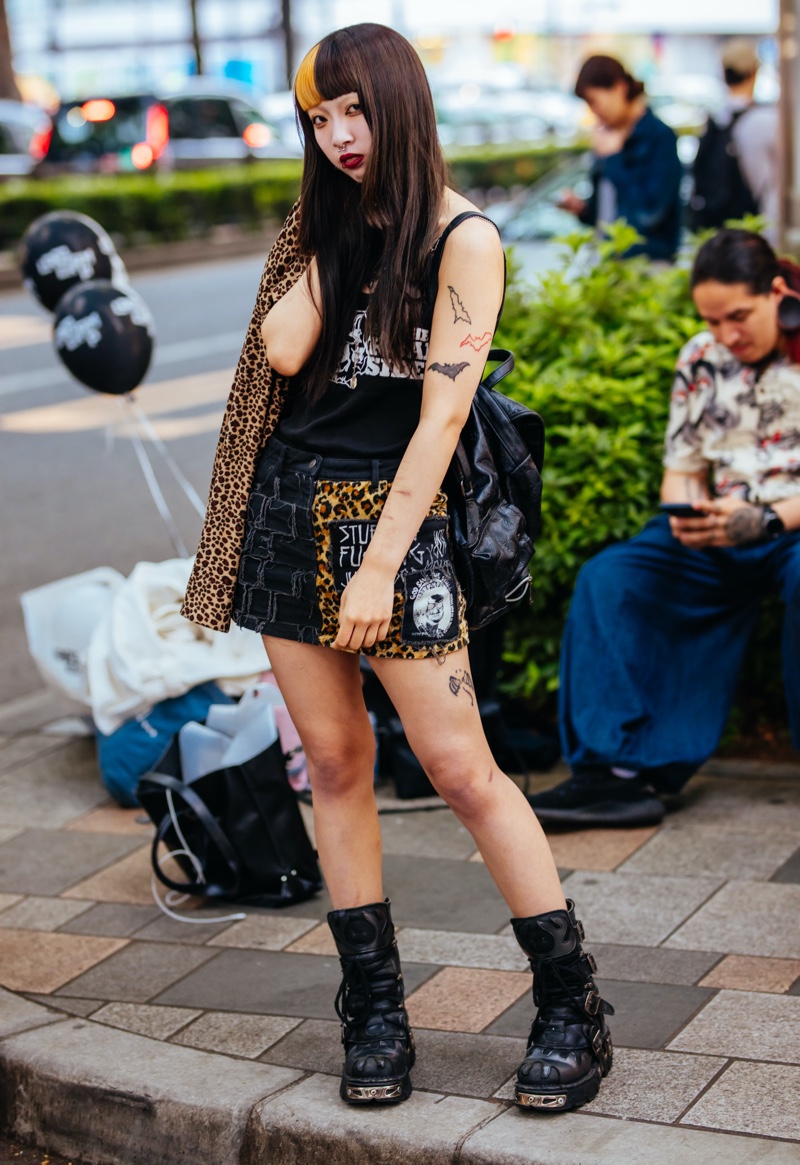
Visual Kei is a combination of Japanese Rock and Punk, characterized by bold makeup and androgynous clothing. It features elaborate hairstyles.
It’s known for its heavy usage of leather, metal studded, and chains to create an edgy, urban look. It is a fashion label that challenges the traditional norms of fashion, combining music with street style.
Gyaru & Ganguro
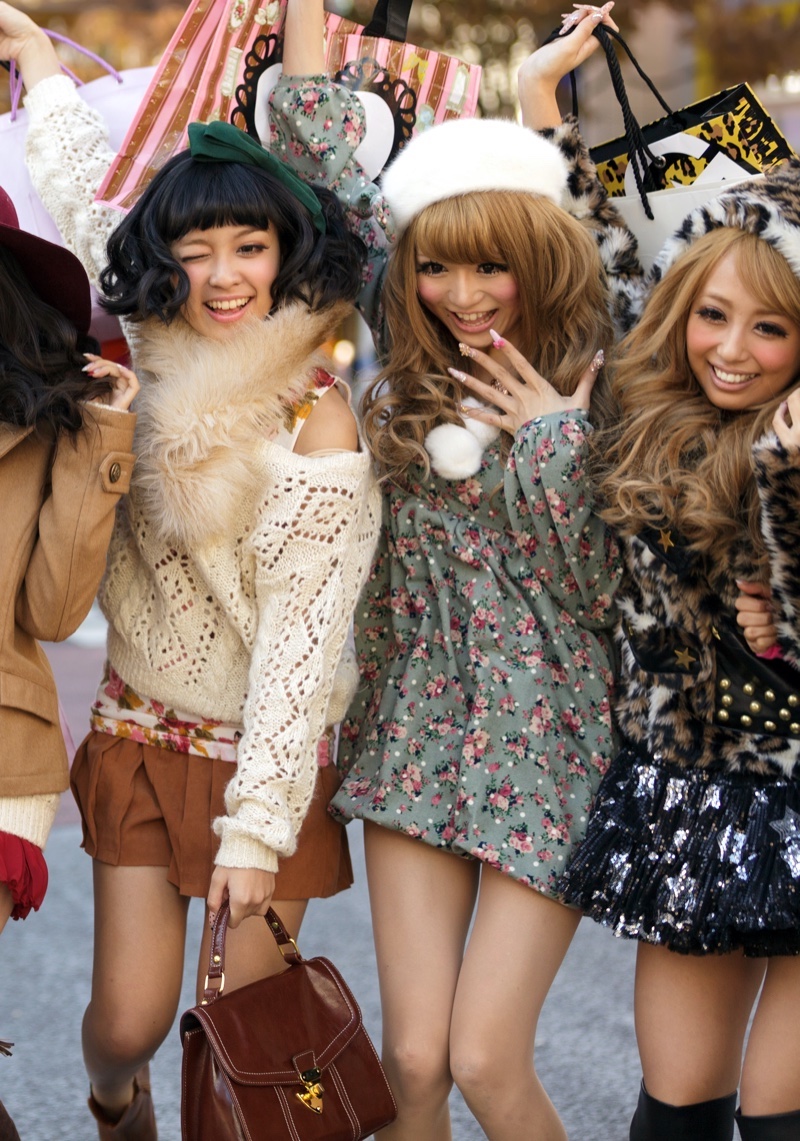
Gyaru is an exaggerated, glamorous style with roots in American popular culture. It includes daring make-up, tanned and dramatic hairstyles.
Ganguro is an extreme version of Gyaru. It’s characterized by its dark tan and bright hair colors. Both styles celebrate individuality and challenge traditional Japanese beauty standards.
Street Fashion and Cosplay
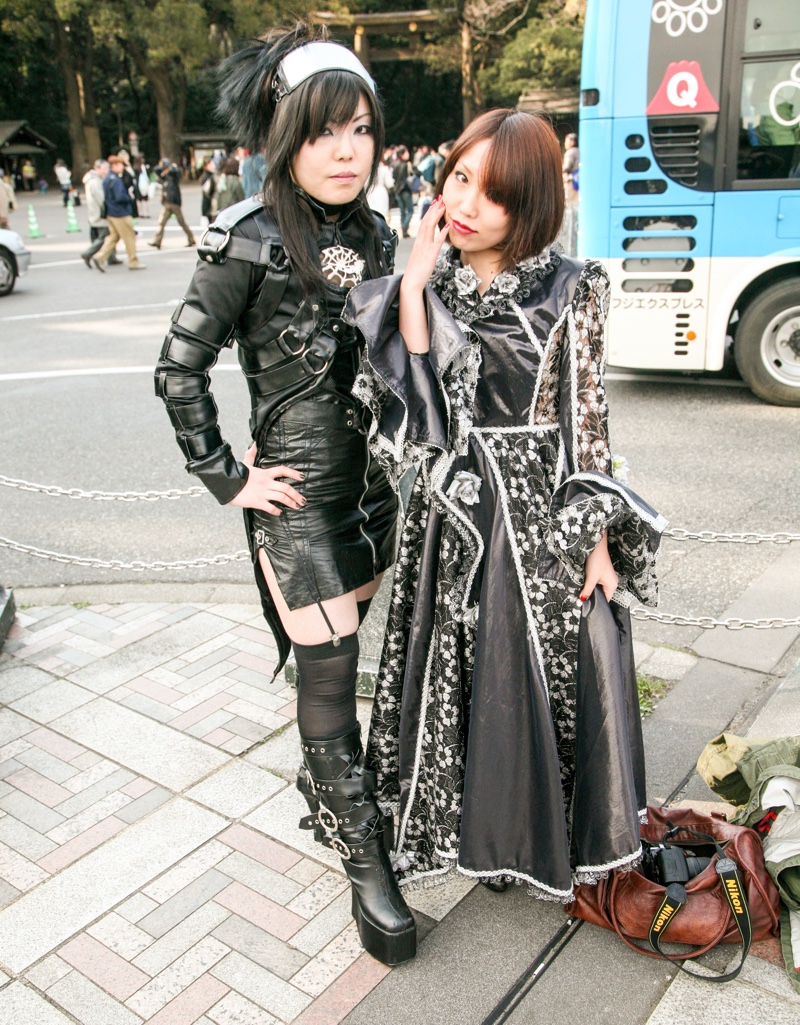
Cosplay is a major influence on Harajuku’s street style, blending fantasy and everyday fashion. Devotees incorporate intricate costumes and accessories from their favorite video games, anime, manga or anime.
From properties like SailThe following are some examples of how to use Moon or The Legend of Zelda.
Emerging Trends
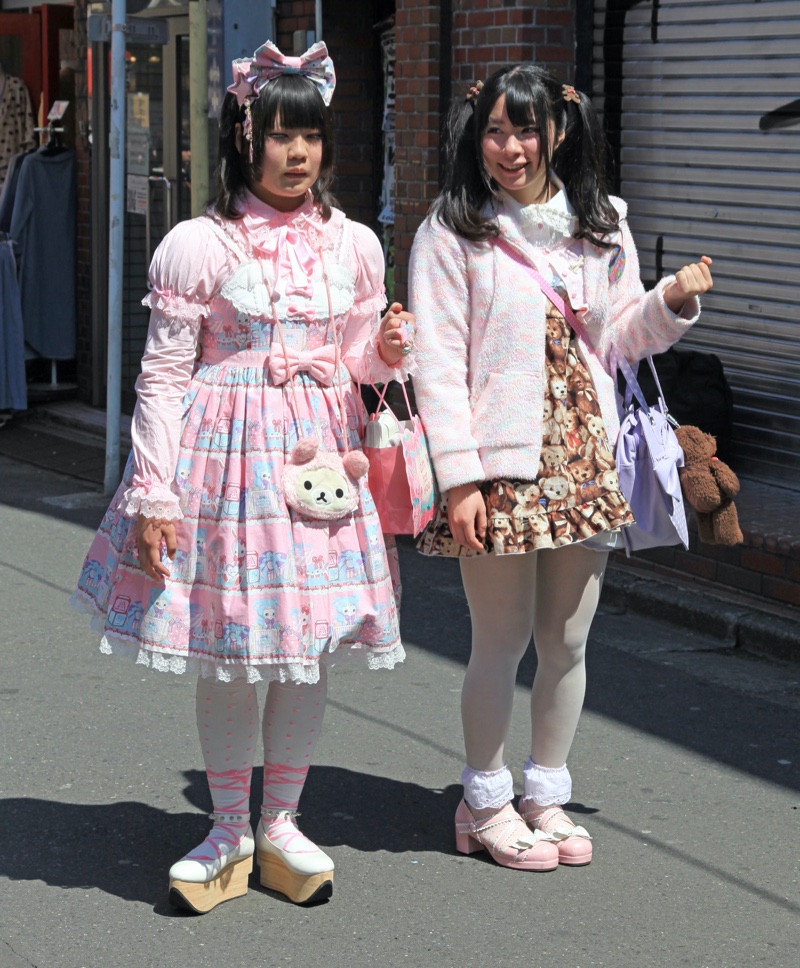
Harajuku’s fashion scene is in a constant state of metamorphosis, giving rise to innovative trends like Genderless Kei, Mori Kei, and Fairy Kei. Genderless Kei is a fashion trend that redefines gender roles by merging feminine and masculine elements.
Inspired by nature, Mori Kei is characterized by its earthy colors and loose flowing garments. It exudes a tranquillity and harmony in harmony with the natural world.
On the other hand, Fairy Kei evokes a sense of nostalgic wonder with its soft, pastel hues and playful references to beloved 1980s children’s characters and motifs.
Harajuku Fashion: Key Element
Clothing and Layering techniques
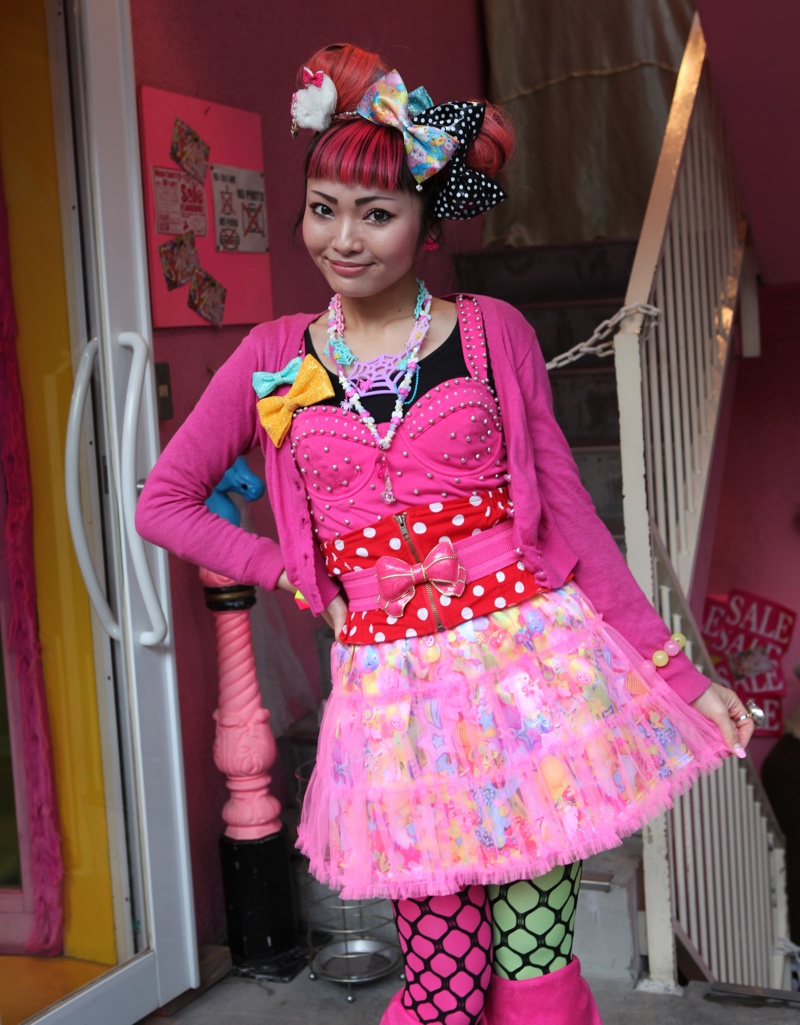
Harajuku’s masterful layering techniques are a result of its fans’ playful mixing of textures and patterns. The style mixes contrasts in a variety of ways, from delicate lace skirts under graphic tees and cozy jackets to bold graphic tops.
Harajuku Fashion Footwear
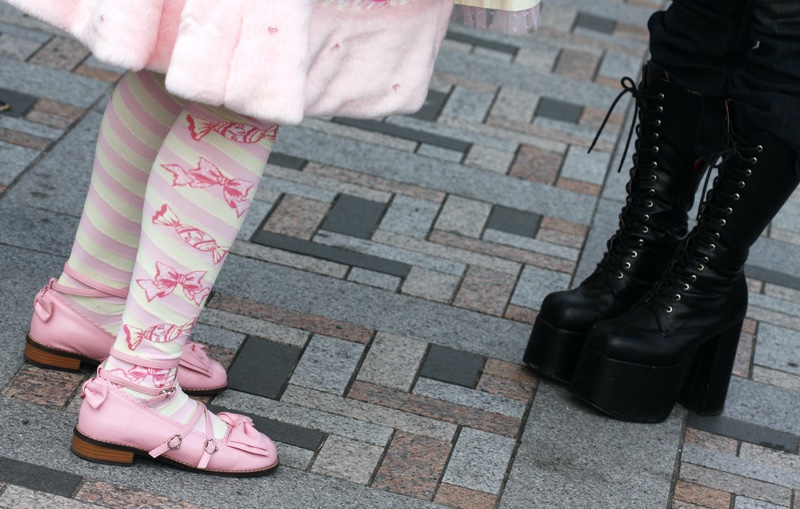
Platform shoes that are as tall as a person and colorful sneakers make a statement. These pieces are often the center of the outfit and integral to its aesthetic.
Sneakers can be tailored to suit different subcultures. With ruffles and lace accents, socks are also statement-makers.
Accessories in Harajuku Fashion
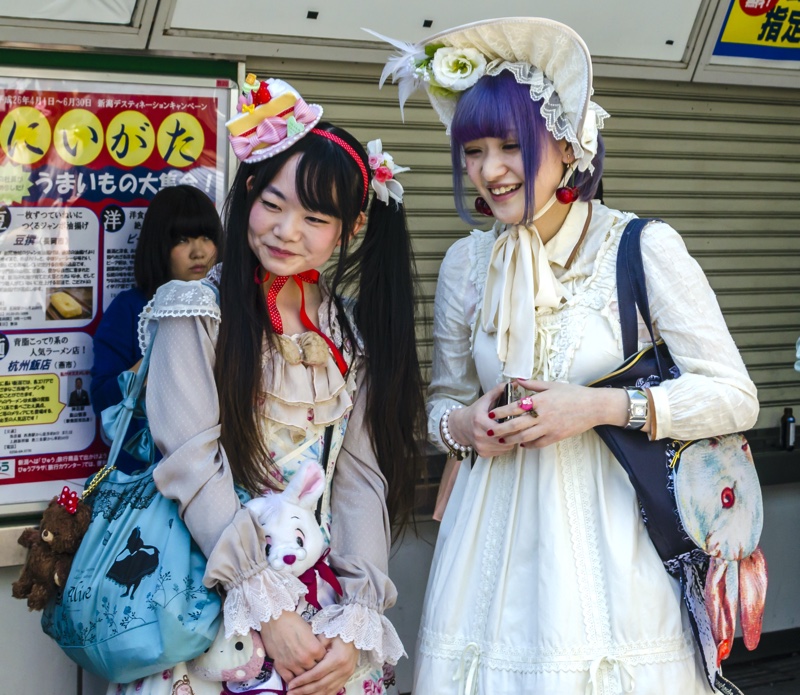
Harajuku fashion is centered around accessories. The creative hair clips, bold jewelry and eclectic bags worn by the wearers of Harajuku fashion express their individual styles.
Jewelry includes bold, chunky pendants and hair clips with playful cartoon designs. Bags range from quirky handbags to practical backpacks, with patches.
Makeup and Hairstyling
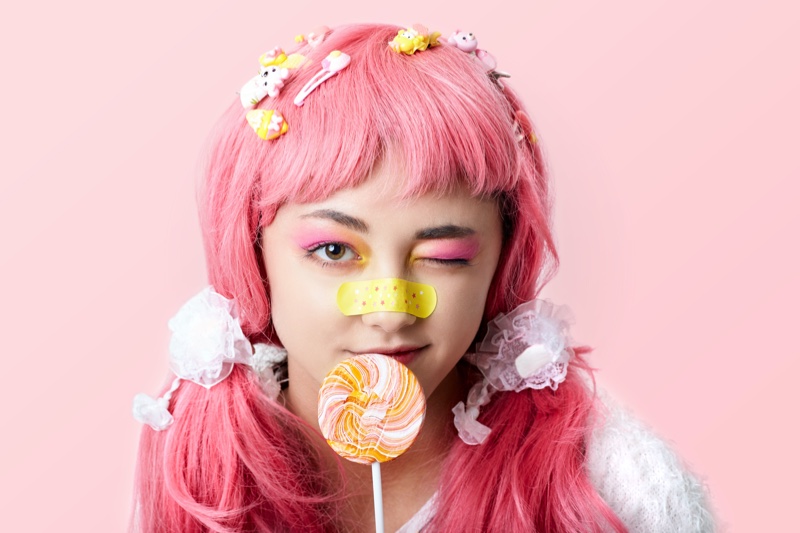
Harajuku fans are known for their daring makeup and hairstyles. They wear vibrant colors and have edgy haircuts. Hair is usually dyed bright shades of purple, pink, or blue and styled with bold cuts.
The makeup is also striking with bright lips and eyeliner, which enhance the playful aesthetic. Playful accessories include face stickers and bright pink blush on cheeks.
Harajuku fashion: Color and aesthetics
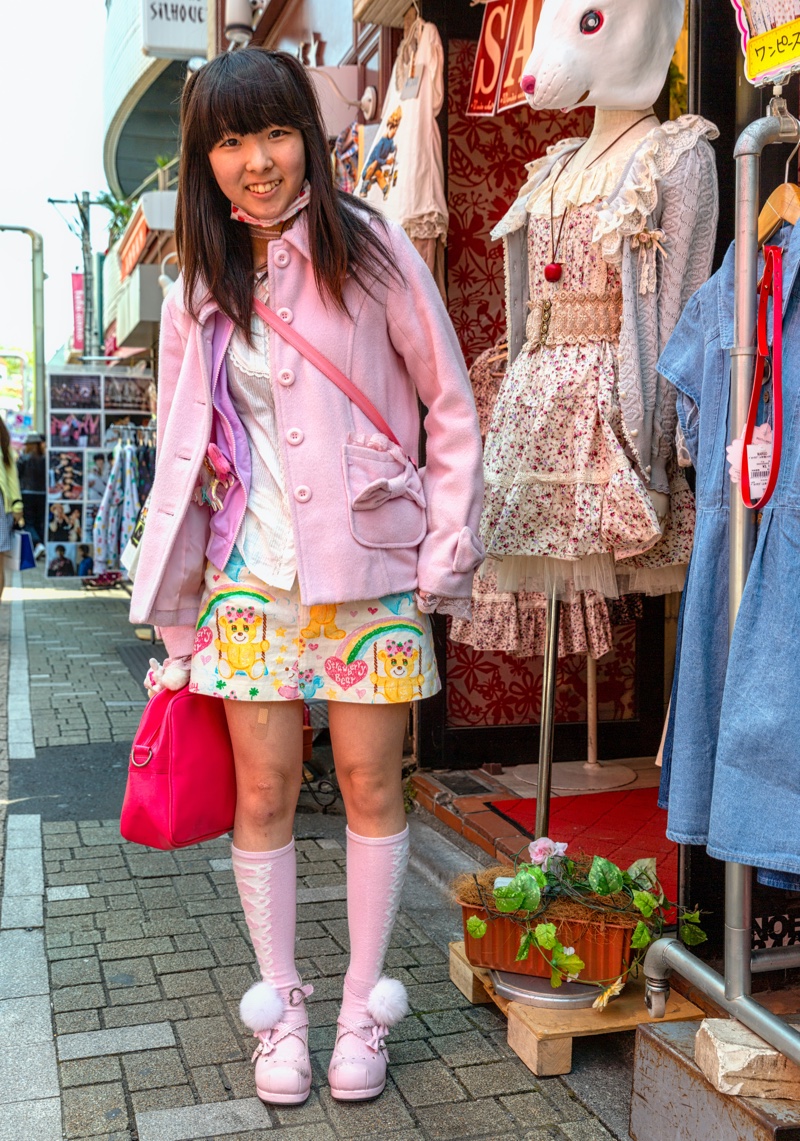
The use of color and aesthetics is essential for a vibrant expression with this aesthetic. Popular color palettes include pastels such as baby pink, sky blue and hot pink to neon shades like lime green and hot pink.
Dark gothic colors like midnight blue and deep black are also popular. Harajuku’s fashionistas embrace a mix-and-match approach, blending these contrasting styles and colors for a visually striking look.
Harajuku Style: Cultural Influences
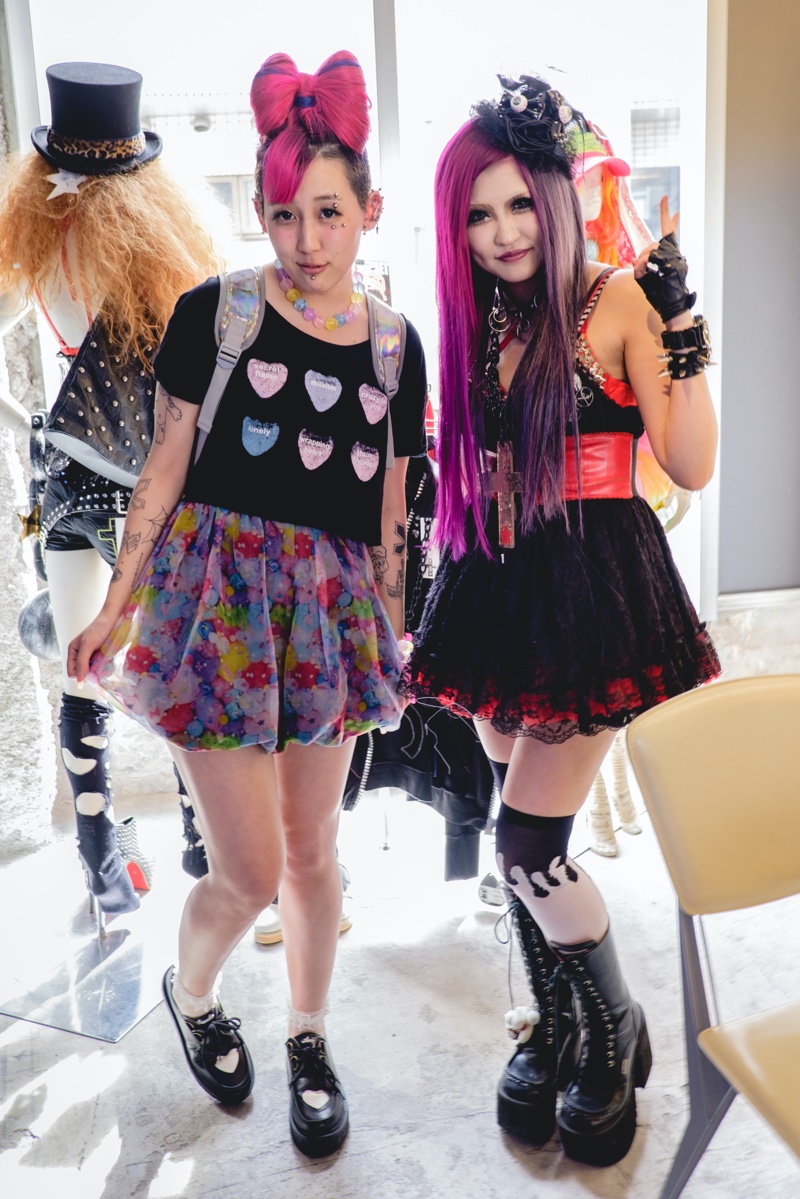
Pop culture, anime, and manga: Harajuku style is heavily inspired by the worlds of manga and anime, which incorporate fantastical characters and elements into clothing.
Western subcultures Harajuku outfits have been infused with elements of punk, goth and hip-hop, reflecting the fusion between Eastern and Western fashion sensibilities.
Japanese traditional elements and historical elements Motifs like kimonos, obis, and samurai aesthetics are reimagined in modern styles, blending Japan’s rich history with contemporary fashion.
Influence of kawaii Culture: Soft colors, cute characters, and heartwarming design are all part of the kawaii aesthetic. It is a style that is full of youthful whimsy, playful charm, and cuteness.
Harajuku Shopping and Harajuku Styles
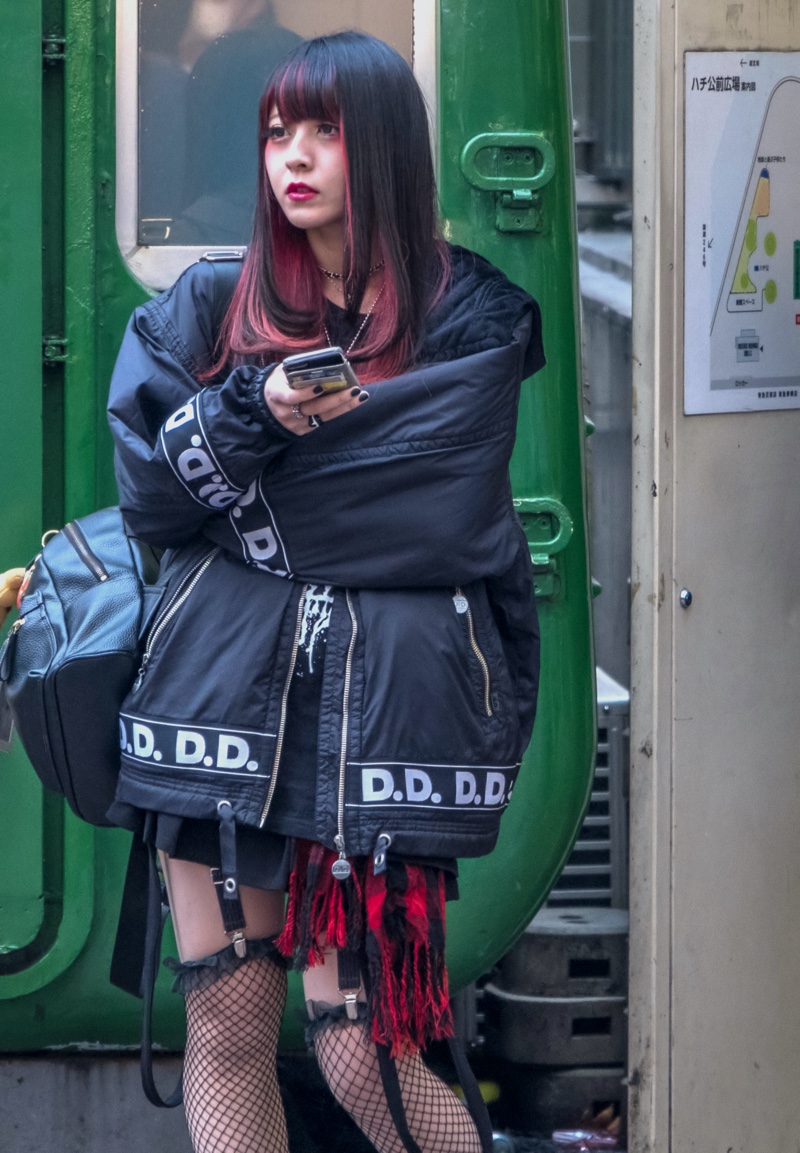
Harajuku, a shopping and fashion paradise, is an exciting place to be. The district’s famous streets, like Takeshita Dori, are lined with shops offering everything from cutting-edge brands to niche boutiques.
Brands like 6%DOKIDOKI, Milk and Decora allow shoppers to replicate the flamboyant styles of districts. They cater to a variety of aesthetic preferences ranging from chic Gothic Lolita to colorful Decora.
Harajuku is not just about new retail. It’s also a place where vintage and secondhand stores thrive, encouraging fashionistas find unique items that they can customize. DIY customization, which allows individuals to paint, stitch, and accessorize, is especially celebrated.
Harajuku Fashion and its Global Impact
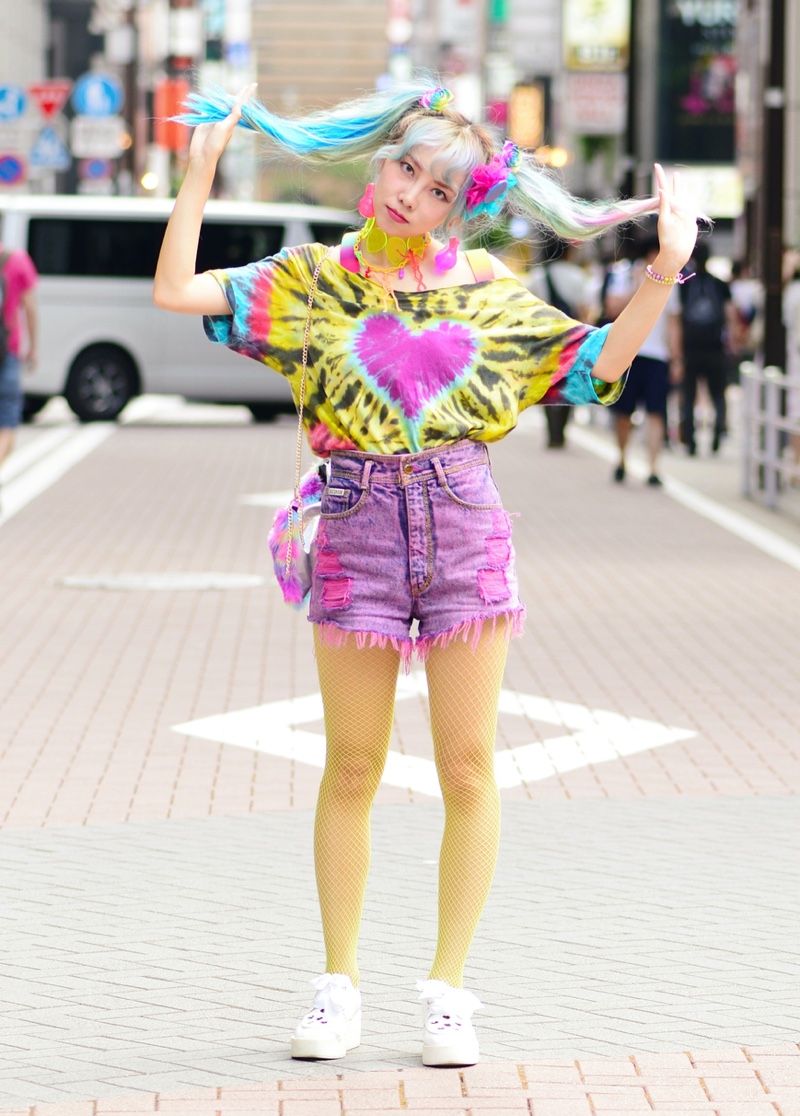
Harajuku style has had a major influence on the global scene of fashion. It has captured audiences all over the world with its bold individuality and vibrant aesthetics.
Its eclectic styles have inspired international designers and enthusiasts, and icons like Kyary Pamyu Pamyu or Tomoe Shinohara have made it popular.
In the digital era, social media platforms have amplified Harajuku’s reach, allowing for the rapid global spread of its most innovative styles. Harajuku continues to evolve today. It is a style that promotes personal freedom, self-expression and cultural influence.